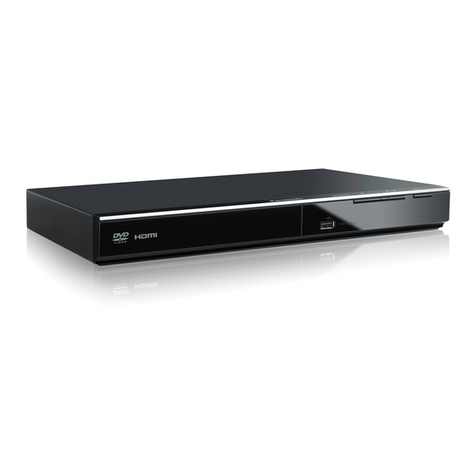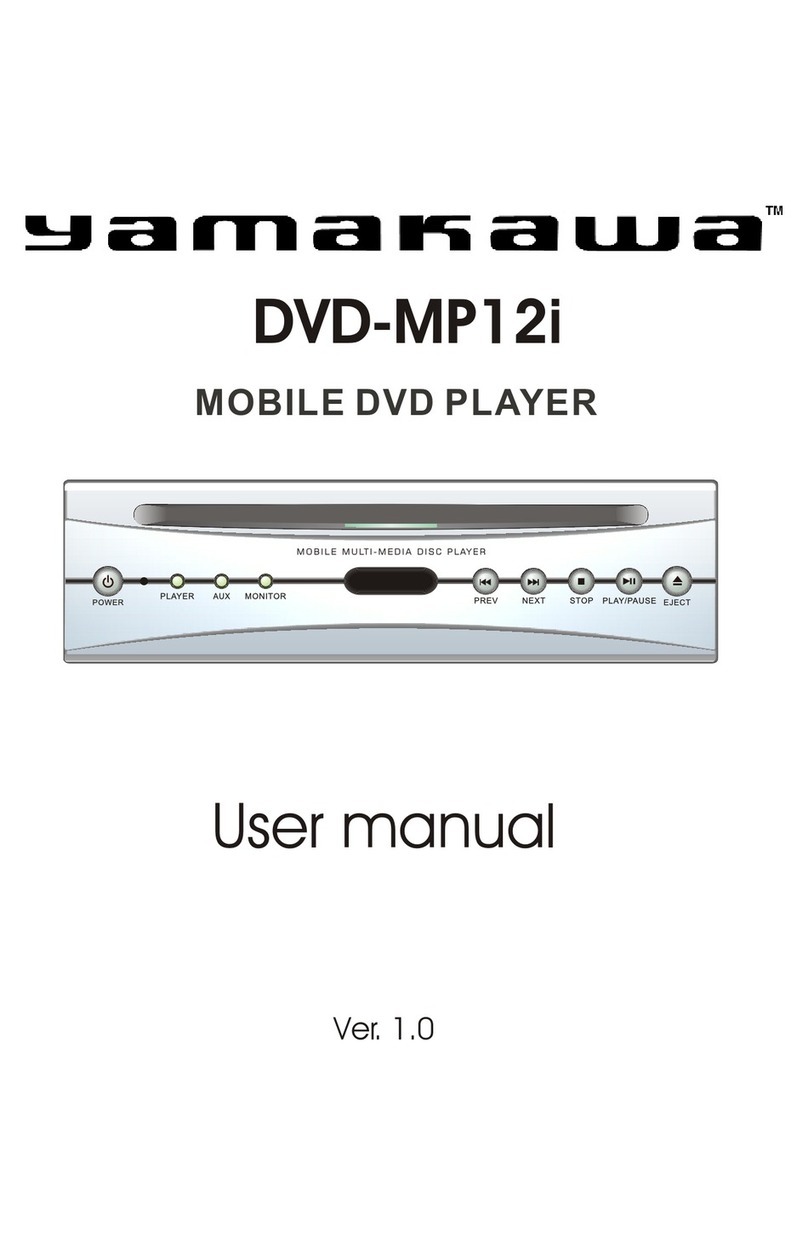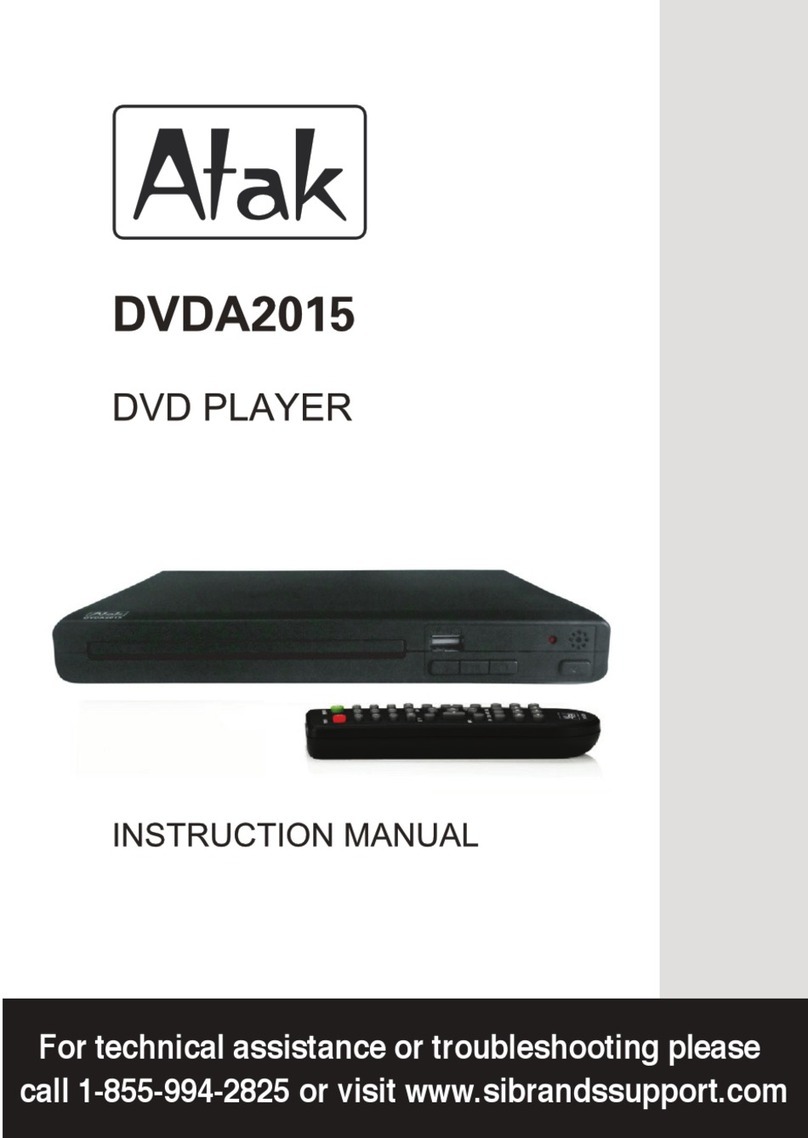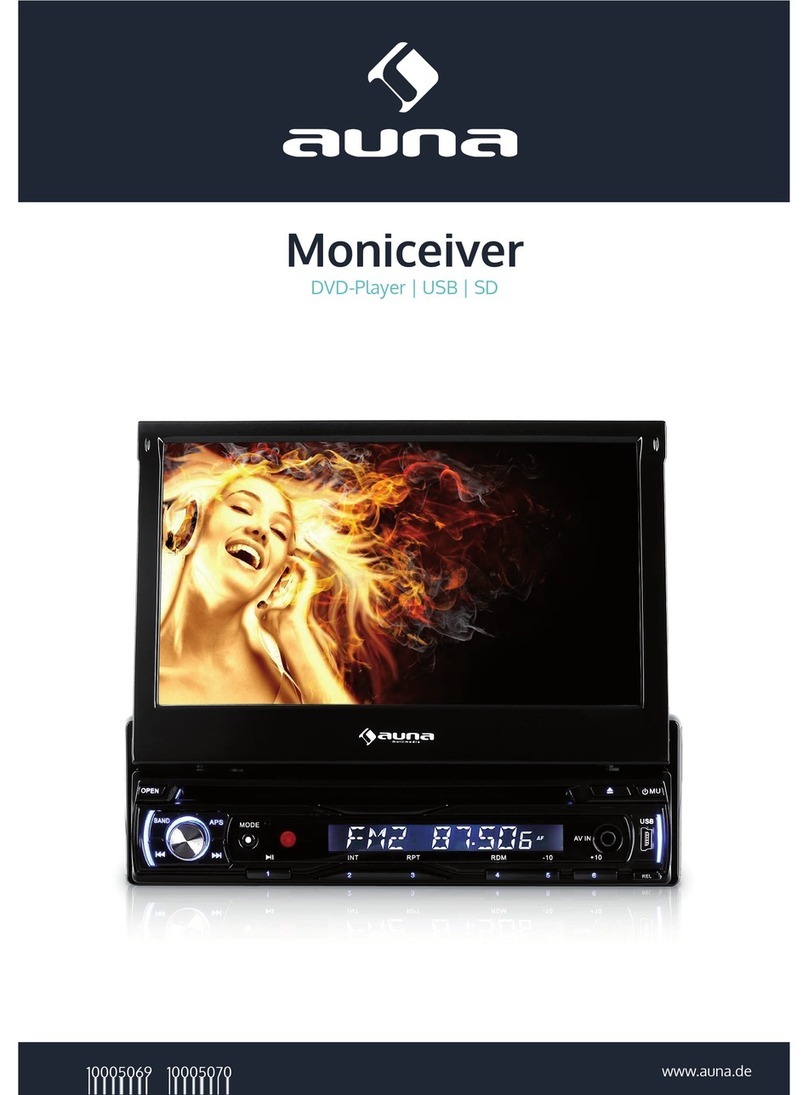Panasonic DVD-S32EB User manual
Other Panasonic DVD Player manuals
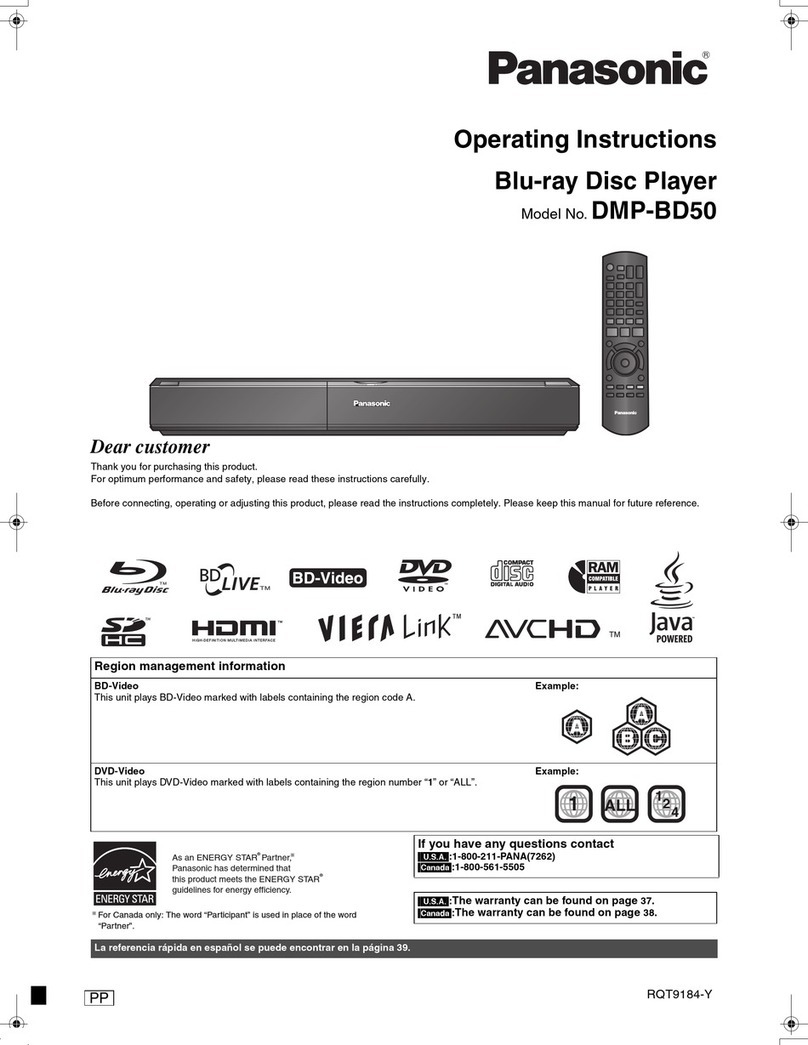
Panasonic
Panasonic DMP-BD50 User manual
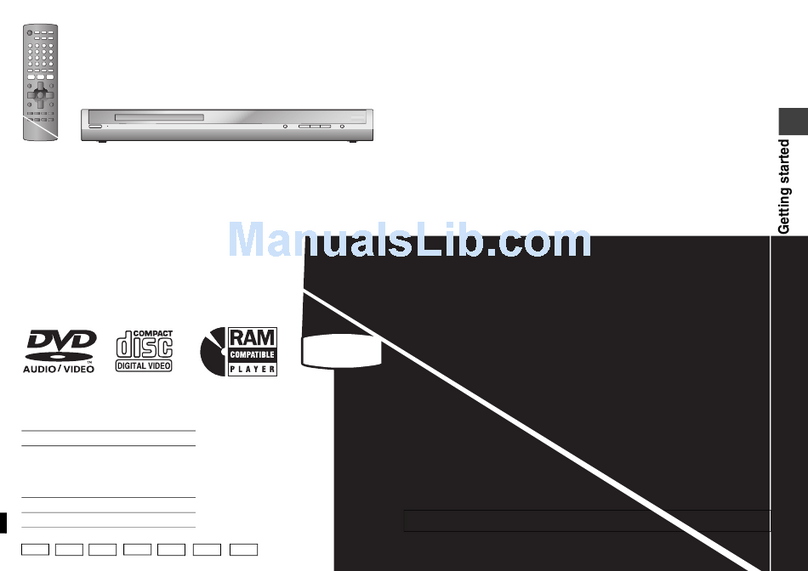
Panasonic
Panasonic DVD-S49 User manual

Panasonic
Panasonic DVD-S100 User manual

Panasonic
Panasonic DVDS38 - DVD/CD PLAYER - MULTI LANGUAGE User manual

Panasonic
Panasonic DVD-S54 User manual
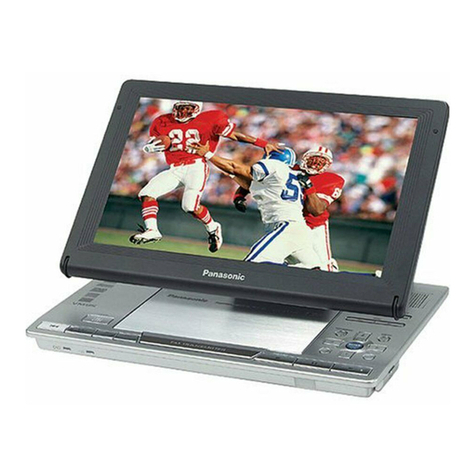
Panasonic
Panasonic DVDLX95 - PORTABLE DVD PLAYER User manual
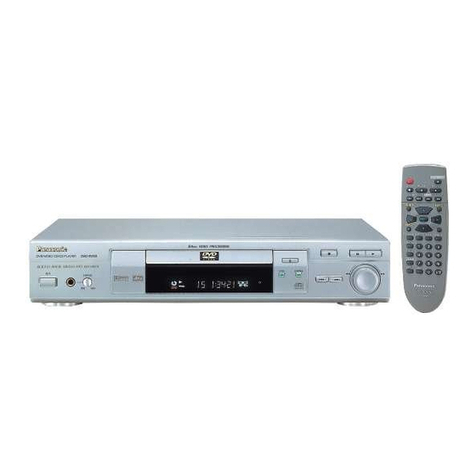
Panasonic
Panasonic DVDRV60 - User manual

Panasonic
Panasonic DVD Home Theatre System User manual
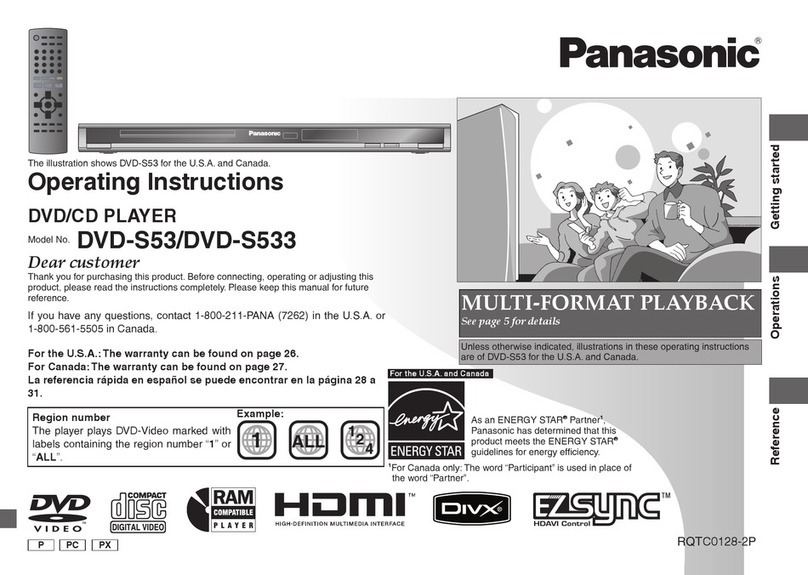
Panasonic
Panasonic DVD-S53EE User manual

Panasonic
Panasonic DVD-RP62K Operating User manual
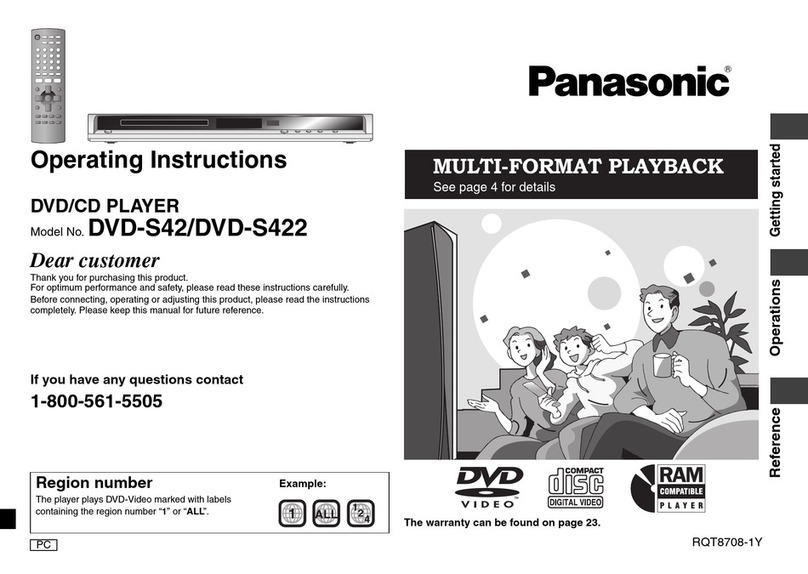
Panasonic
Panasonic DVD-S42 User manual
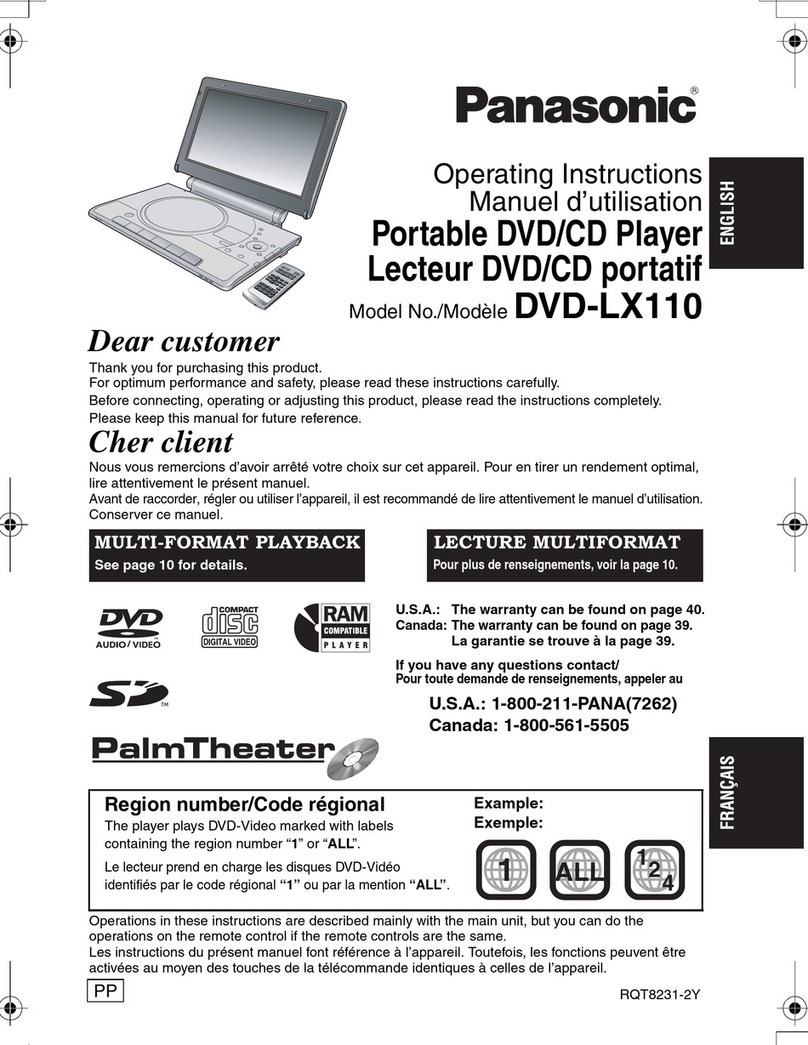
Panasonic
Panasonic DVDLX110 - PORTABLE DVD PLAYER User manual
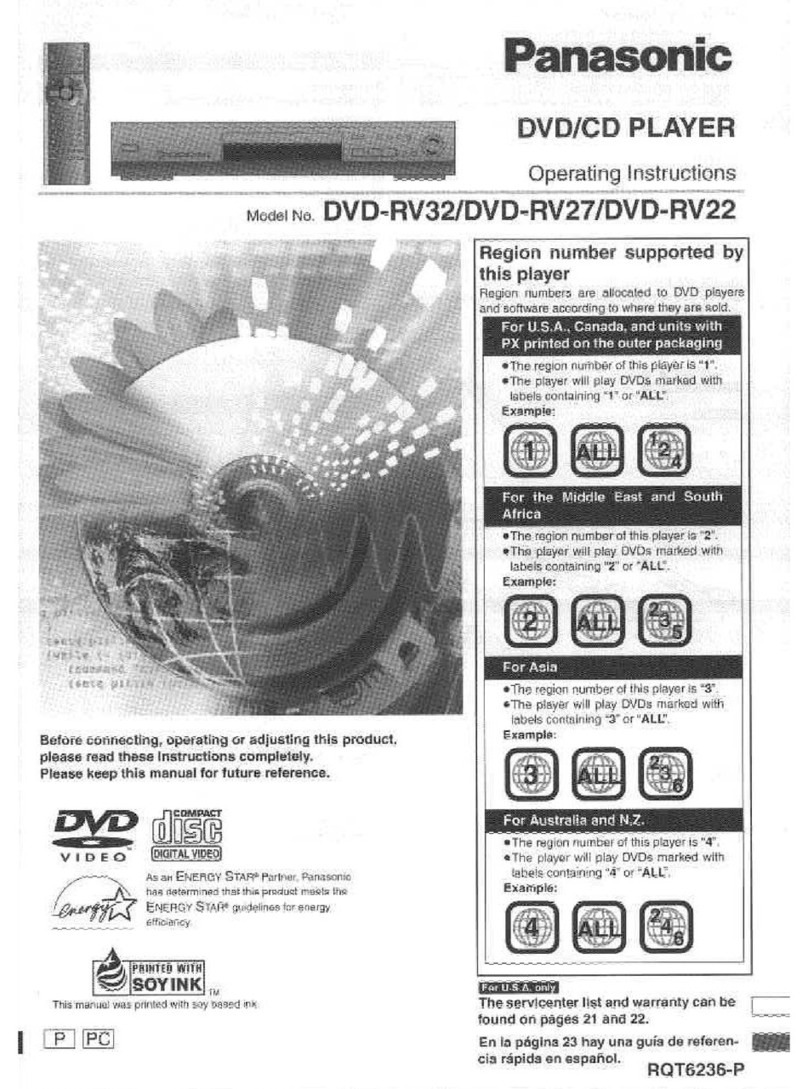
Panasonic
Panasonic DVDRV32 - DIG. VIDEO DISC PLAY User manual
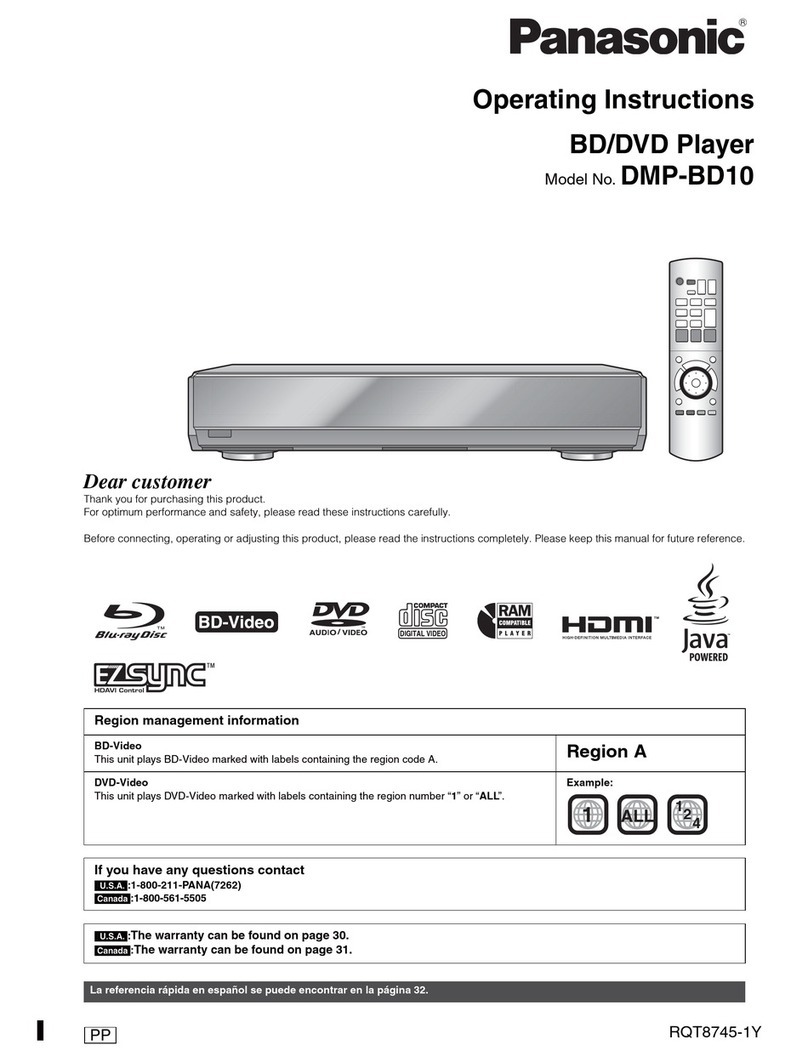
Panasonic
Panasonic DMP-BD10 - Blu-Ray Disc Player User manual
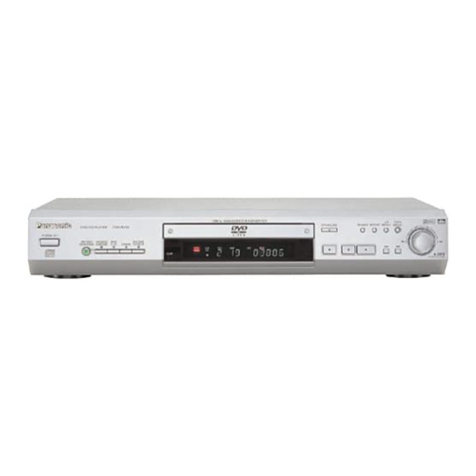
Panasonic
Panasonic DVDRV22 - DIG. VIDEO DISC PLAY User manual

Panasonic
Panasonic Diga DMR-EZ47VEB User manual

Panasonic
Panasonic DVD-S75 User manual

Panasonic
Panasonic DVDRA60 - DIG. VIDEO DISCPLAYE User manual
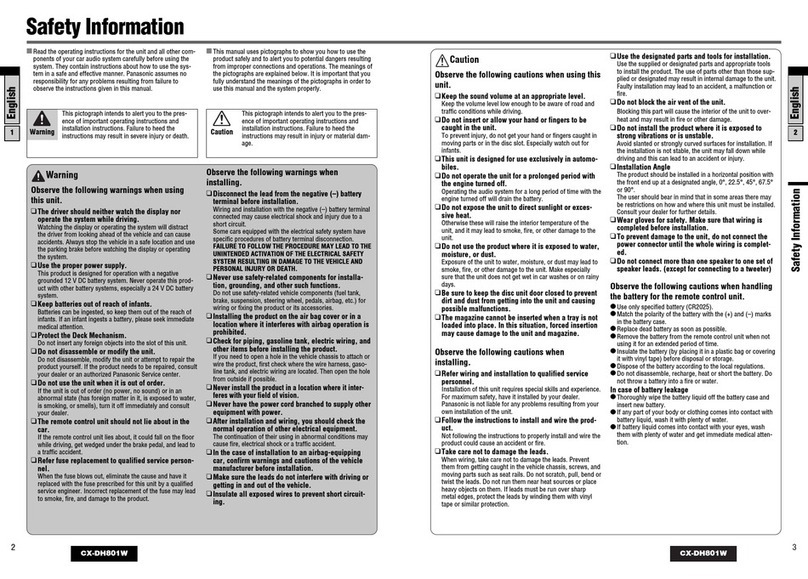
Panasonic
Panasonic CX-DH801W User manual
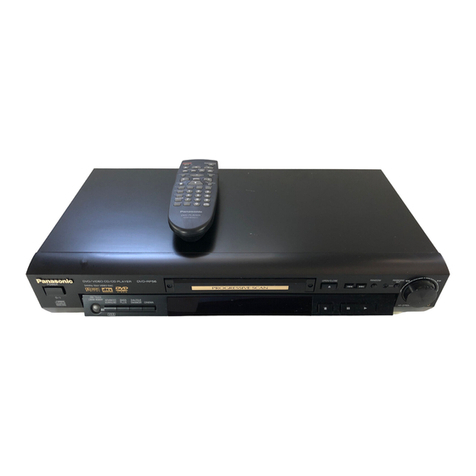
Panasonic
Panasonic DVDRP56 - DIG. VIDEO DISCPLAYE User manual
